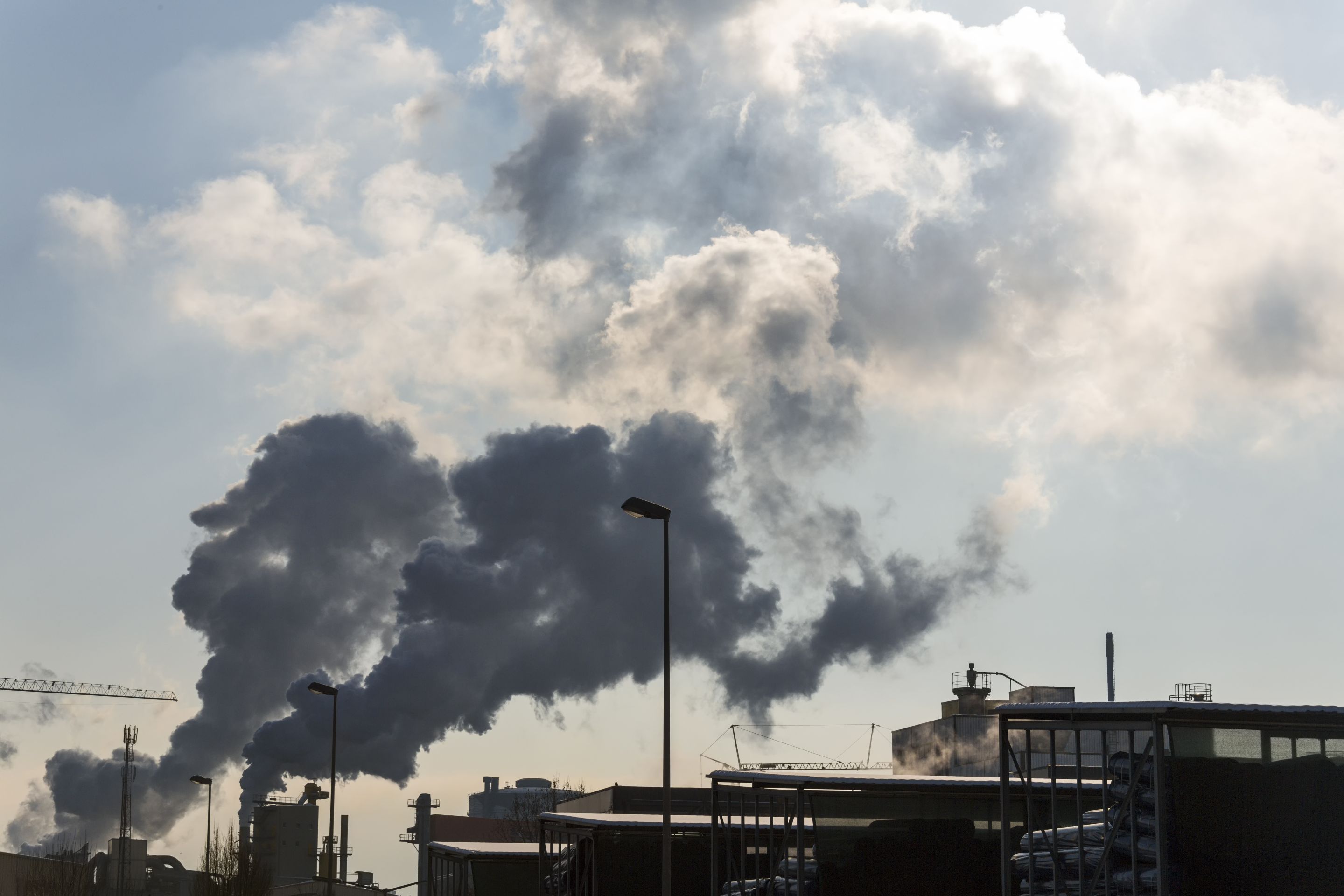Air Pollution Control Methods and Devices
Want to know more about air pollution control methods and devices? Air pollution control devices are series of devices used for preventing a diverse range of various pollutants, both in gaseous and solid form, from flowing into the atmosphere mostly out of industrial stacks.
The control devices are separated into two initial categories:
- Devices that have the ability to control the amount of particulate matter found escaping in the environment.
- Devices that control the emissions of acidic gas into the atmosphere.
By and large air pollutants are generated because of the continuous combustion of fuels in almost all furnaces. The main combustion- generated pollutants are oxides of nitrogen (NOx), unburned hydrocarbons, carbon monoxide (CO) and particulate matter.
The pollutants generated are mostly carried by exhaust gases produced during fuel combustion. These gases of exhaust normally pass through air pollution control devices before being released into the atmosphere. All pollutants are transformed, destroyed or removed in the control devices before the exhaust gas is discharged into the atmosphere.
The most common methods for the removal of pollutants from exhaust gases mostly work in the principles described below:
- The destruction of pollutants by catalytic or thermal combustion such as the use of a catalytic combustion reactor, an incinerator of a high temperature or a flare stack. This technique is mainly used when pollutants are found in the form of vapors or organic gases. During the catalytic process or flame combustion, the organic pollutants are converted into water vapors and comparatively less harmful, carbon dioxide for example.
- Changing the pollutants to forms that are lesser harmful through various chemical reactions, such as the conversion of nitrogen oxide (NOx) to water and nitrogen through the addition of ammonia to exhaust gas in front of a selective catalytic reactor.
- The technique known as ‘absorption’, the effluents of gas are passed through absorbers or scrubbers. A suitable absorbent is contained in them in liquid state that aids in removing or modifying one or more than one of the pollutants found in gaseous effluents.
- Collection of particulate emissions by using control devices for air pollution before they reach out to the atmosphere.
The air pollution control devices collect the particulate emissions work on the principles of:
- Gravity Separation
- Cyclonic Separation
- Filtration
- Wet Scrubbing
- Electrostatic Precipitators
The most commonly used dust catchers include:
- Dust catchers - The inward structure of the residue catcher come with the end goal that there is a sudden change in the course of the stream of exhaust gas. This makes the huge residue particles separate due to its higher energy. The isolated particles at that point settle down as a result of gravitational power.
- Cyclones - Cyclones are otherwise called centrifugal gatherers. They utilize cyclonic detachment technique for the expulsion of the particulate from the exhaust gases. They expel particulate issues by causing the dirty exhaust gas stream to stream in a winding way inside a round and hollow load. Grimy exhaust gas enters the chamber from a distracting head at the external mass of the gadget shaping a vortex as it whirls inside the chamber. The centrifugal power made by the roundabout stream tosses the residue particles toward the mass of the tornado. In the wake of striking the divider, these particles fall into a container situated underneath.
- Fabric filters - Fabric filter are otherwise called 'sack houses'. They utilize filtration to isolate dust particulates from dusty gases. They are a standout amongst the most productive and savvy kinds of residue gatherers accessible. Residue loaded gases enter the fabric filter and go through fabric packs which go about as filters. The packs can be of woven or felted cotton, engineered, or glass-fiber material in either an envelope or tube shape.
Other most commonly used devices include Electrostatic precipitators and scrubbers. Hope this provides you a little more knowledge regarding air pollution control methods and devices.
Category: Air Pollution Control
Business News
Popular Posts
- Boosting Self-Confidence and Self-Esteem - Your Path to Empowerment
- Cultivating Resilience and Mental Toughness - Keys to Thriving Amidst Lifes Challenges
- 50 positive affirmations to be read every day
- Mind Balance - for those who dare to redefine their limits
- MindBalance not only helps individuals but couples stay together longer
- Mind Balance - 100 Innovative Ways it Can Unleash Your Full Potential
- Unlocking Potential - The Power of Personality Assessment in Overcoming Obstacles
- Embracing Faith and Self - A Christian Guide to Personal Strengths and Weaknesses
- Hindu Wisdom for Modern Lives - Balancing Strengths and Weaknesses through Vedic Teachings
- Buddhist Reflections - Navigating the Path of Self-Awareness and Enlightenment
- Uniting in Universal Love - Embracing Commonalities Across Faiths
- Illuminating the Path - Overcoming Ignorance and Misunderstanding in World Religions
- Cultivation and Improvement of Personality Traits to Deepen Ones Relationship with God
- How Mind Balance Can Improve the Mindsets of Employees
- A Cautionary Vision - The Grim Future of a Divided World Without Love and Balance
- Balancing Act - How Understanding Personalities Could Unlock World Peace
- Harnessing Personality Assessment for Enhanced Well-being and Fulfillment
- Discovering Hinduism - A Deep Dive into Its Traditions Texts and Teachings
- The Essence of Islam - Understanding Its Beliefs Rituals and Cultural Significance
- Clearing Mental Plaque: The Path to Enhanced Communication and Divine Connection
